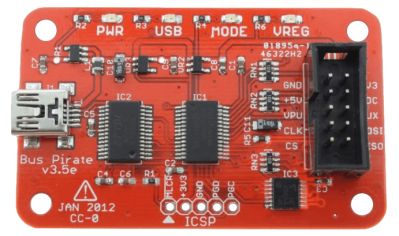Neither Tom Nardi nor I are exactly young anymore, and we can both remember a time when joysticks were actually connected with wires to the computer or console, for instance. Back then, even though wireless options were on the market, you’d still want the wired version if it was a reaction-speed game, because wireless links just used to be too slow.
Somehow, in the intervening years, and although we never even really noticed the transition as such, everything has become wireless. And that includes our own hacker projects. Sure, the ESP8266 and other WiFi-capable chips made a big difference, but I still have a soft spot in my heart for the nRF24 chipset, which made at least point-to-point wireless affordable and easy. Others will feel the same about ZigBee, but the point stands: nothing has wires anymore, except to charge back up.
The reason? As this experiment comparing the latency of many different wireless connections bears out, wireless data links have just gotten that good, to the point that the latency in the radio is on par with what you’d get over USB. And the relevant software ecosystems have made it easier to go wireless as well. Except for the extra power requirement, and for cases where you need to move a lot of data, there’s almost no reason that any of your devices need wires anymore.
Are you with us? Will you throw down your chains and go wireless?



















